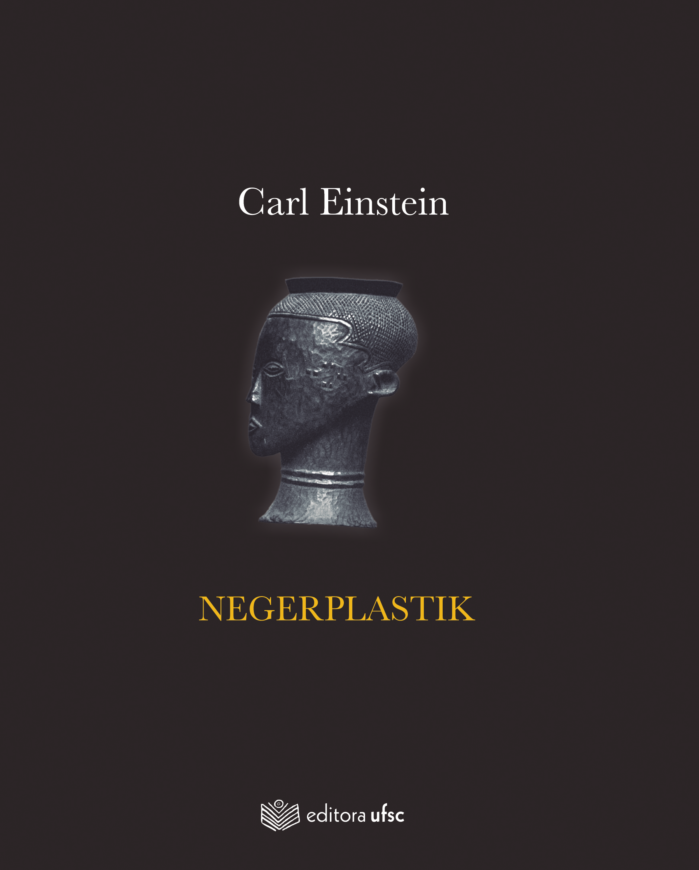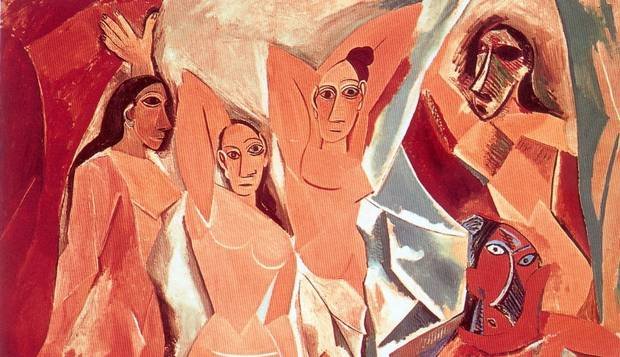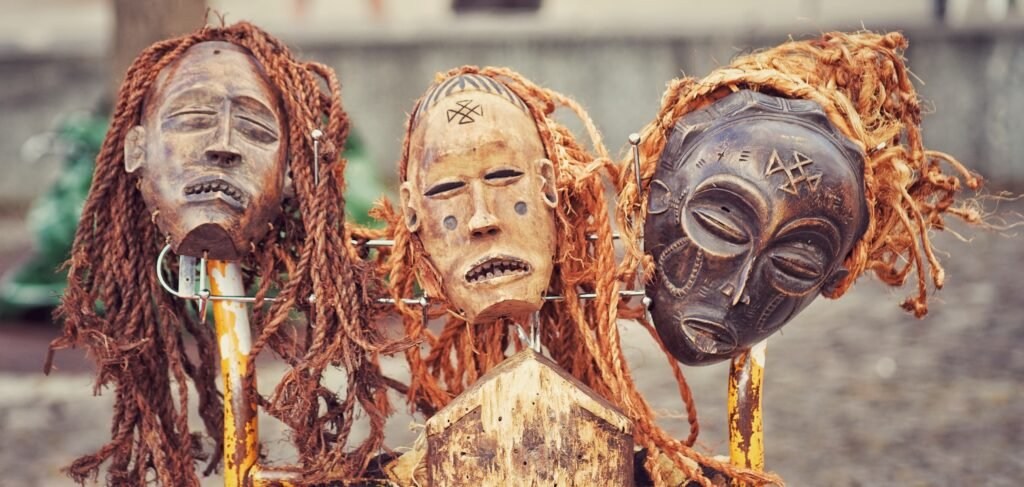By the late 19th century, European artists, colonial collectors, and anthropologists began viewing African masks, statuettes, and ritual objects through contradictory lenses: either as grotesque signs of supposed barbarism or as compelling symbols of raw, primal energy. Thinkers like Leo Frobenius even linked African art to traces of Atlantis, projecting onto it a mythical sense of authenticity and resistance to European industrialization. At the same time, missionaries and travelers often described these works as demonic, reinforcing a narrative of deep otherness.

This tension between fear and fascination paved the way for the modern invention of African art as an independent aesthetic category. In 1915, Carl Einstein published Negerplastik, a pivotal book that elevated African sculptures and masks into the realm of fine art. Through photographic plates and theoretical analysis, Einstein removed these objects from their ritual contexts and redefined them within the museum and critical discourse.

His approach not only expanded the boundaries of aesthetics but also helped shape how the West began to view “the other.” Even today, when people buy art, especially when searching for culturally rich and visually striking pieces, this legacy continues to resonate.
Appropriation and Reinvention: The European Gaze
The European avant-garde’s use of African forms transformed modern art. Picasso, in Les Demoiselles d’Avignon (1907), famously drew on African masks to break from Western realism and lay the foundation of Cubism. Artists like Matisse, Derain, and Gauguin also turned to “primitive” figures to develop non-realist color schemes and forms. Yet these works—while groundbreaking—stripped African objects of their original meaning. Thus, African art became a modernist model, reinvented without context, and turned into formal inspiration for European creativity.

Today, critics and historians work to decolonize this narrative. They aim to restore the ritual, social, and spiritual functions of African works, amplifying African voices and perspectives. This movement challenges the system that turned ceremonial objects into cultural commodities. It also invites today’s art lovers to approach buying art online with greater awareness.
When searching for the best place to buy art or choosing to buy paintings, it’s essential to value diversity, ethical sourcing, and historical context. In this way, African art reemerges not as a European invention, but as a plural and historically grounded field of expression.



